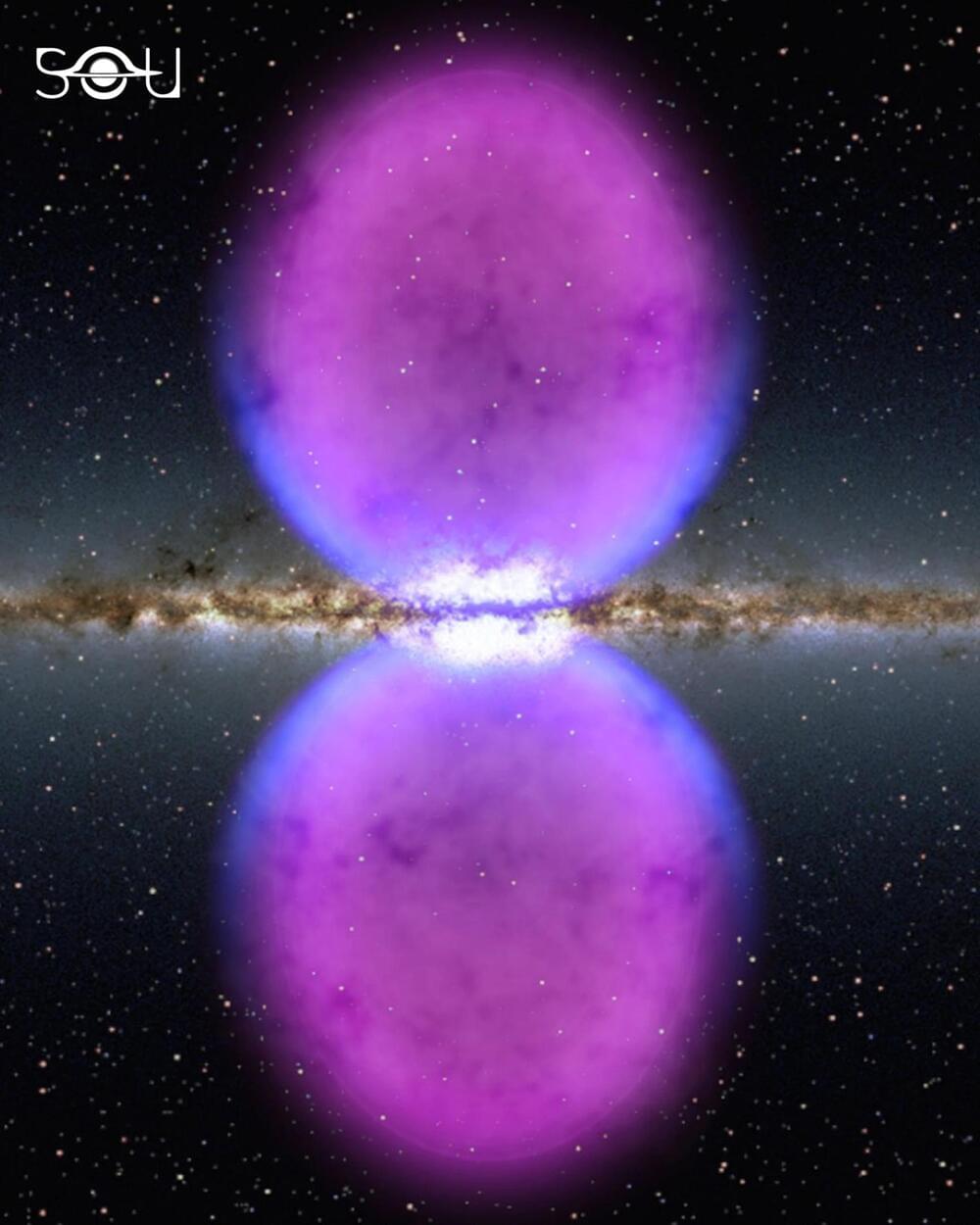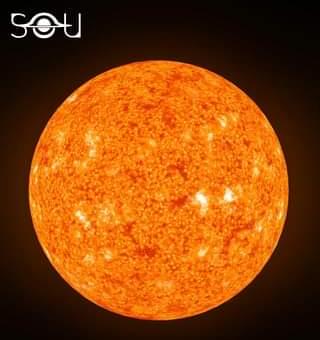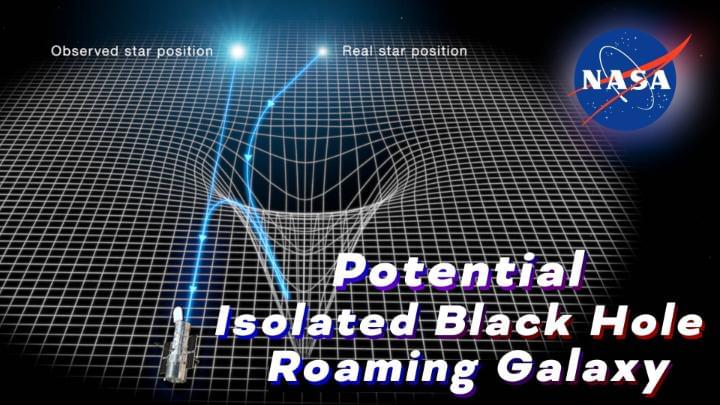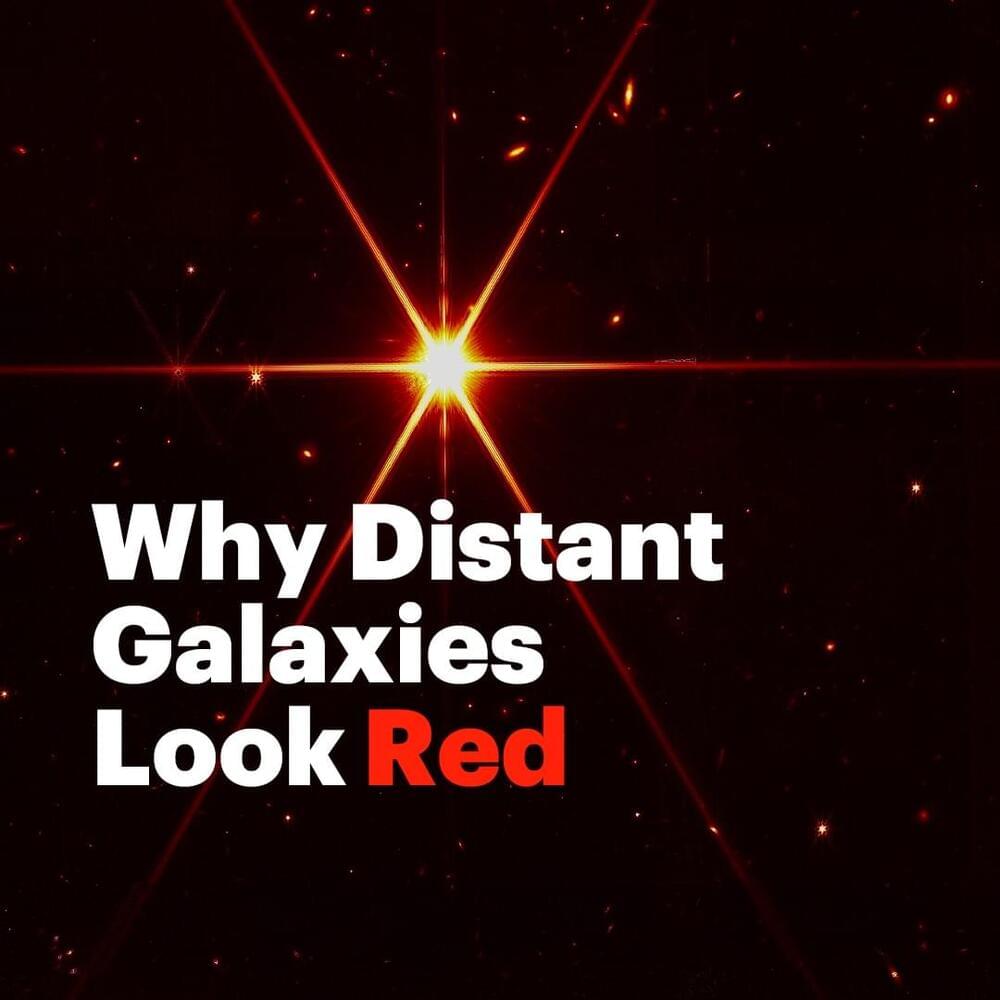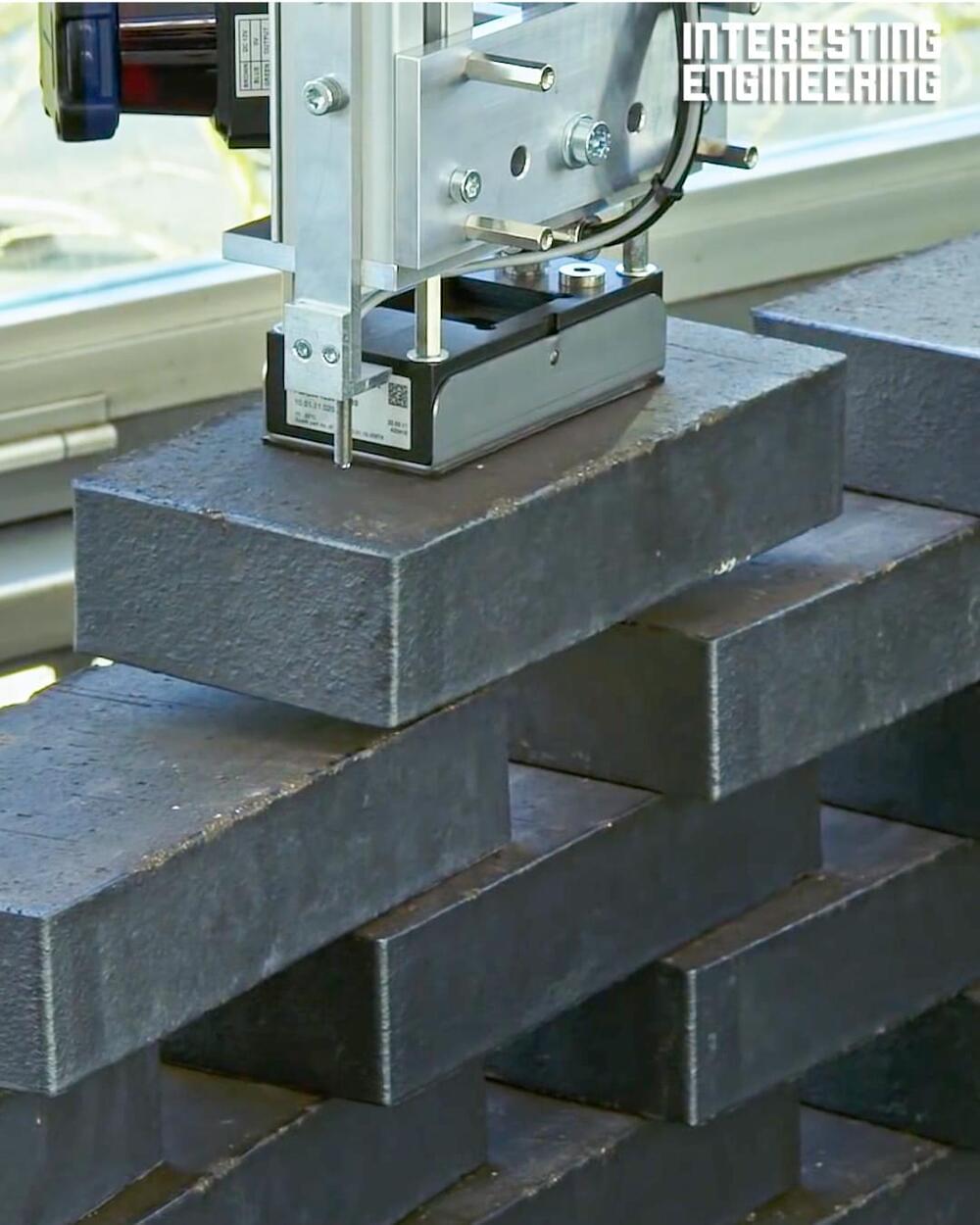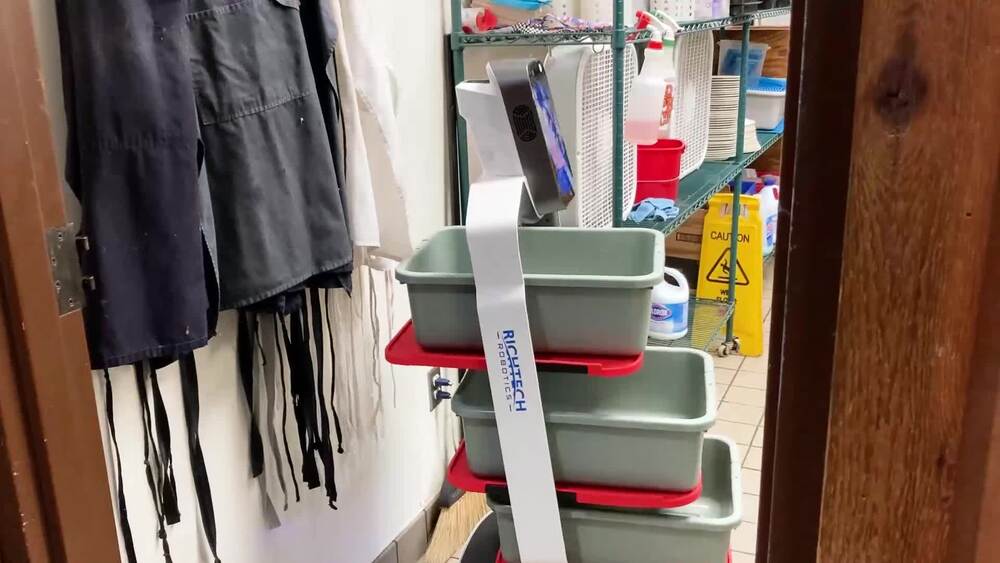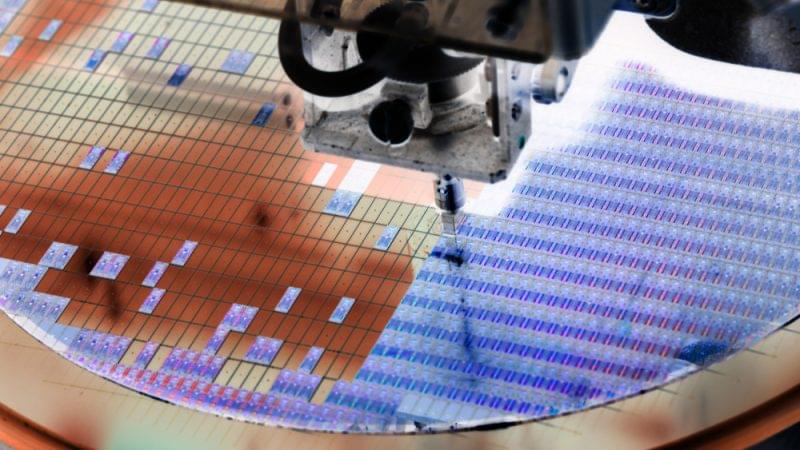At last, we solved it!
Posted in futurism
It’s estimated that about 100 million black holes roam around our Milky Way Galaxy — and for the first time ever, astronomers now believe they may have precisely measured the mass of an isolated black hole with Hubble.
Roaming black holes are born from rare, monstrous stars that are at least 20 times more massive than our Sun. After these stars explode in a supernova, the remnant core is crushed by gravity into a black hole. Because this self-detonation isn’t perfectly symmetrical, the black hole might get “kicked” and careen through our galaxy.
Astronomers believe that the isolated black hole measured by Hubble is traveling across the Milky Way at 100,000 miles per hour (160,000 kph). That’s fast enough to get from Earth to the Moon in less than three hours!
Read more about this discovery: https://go.nasa.gov/3mx6t6p.
#NASA #Hubble #BlackHole #astronomy #science #universe #astrophysics #space #stars #galaxy
View insights.
Mammoth redwood trees have evolved along with fire, but humans are disrupting that delicate balance.
Kylie Jenner uses her private jet to take short-haul flights. But the future of eVTOLs includes problematic on-demand eVTOL trips.
Interesting story.
The site will have 5,000 new apartments—along with schools and stores that all residents can walk to.
France is set to welcome a new semiconductor production site on its soil as it continues the drive to position itself on the global market amid growing shortages, though it is still unclear where funding for the new plant is coming from.
Read the original French article here.
France will open a new semiconductor factory, according to the announcement by French company STMicroelectronics and US company GlobalFoundries released on Monday (11 July).
